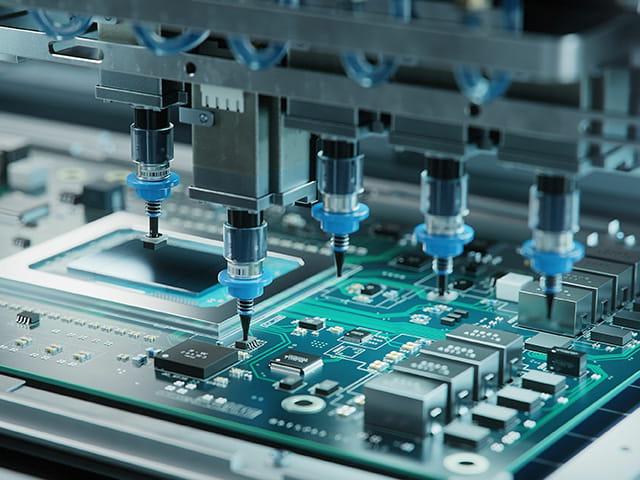An Explanation of Common PCB Failure Modes
PCB manufacturers rely on product monitoring and testing to check their products’ functionality and compliance, but with industry pressures driving continuous innovation, product failures inevitably happen. Though manufacturers may have sophisticated screening techniques and use good manufacturing practices, modern PCBs are especially complex, and greater complexity leads to more possible failure modes than ever before.
常见PCB故障模式
On top of rapid innovation, 减少组件, and sophisticated circuit geometries, the fabrication of a 印刷电路板 consists of many steps and moving parts. The nature of the manufacturing process creates numerous opportunities to unintentionally introduce a defect. Failure analysts have noted several processes and tendencies that are more likely to be associated with PCB failure:
High-speed 印刷电路板s (HSCBs)
HSCBs, which have grown more complex and use a variety of integrated components, continue to grow in popularity. 然而, the components require boards that are composed of two or three materials that increase the possibility of failure in extremely high-speed applications. Failures also occur from pins and chips placed in an incorrect manner on the board.
Lead-free assembly processes
The lead-free assembly process requires a higher temperature than traditional lead solder, which leads to higher temperatures for the reflow and wave soldering. This results in an adverse effect on the 钎焊接头 and electronic components. Tin solder also has a propensity to spontaneously form “锡须” which can cause electrical shorts.
Plated through hole barrel cracking
桶疲劳, which is the circumferential cracking of the copper plating that forms the plated through hole (PTH wall), is the most prevalent failure mode. It occurs as a result of differential expansion between the copper plating and the out-of-plane coefficient of thermal expansion (CTE) of the printed board.
表面处理选择
The most important decision for the electronic assembly may be the surface furnish, which affects the process yield, the amount of rework necessary, 现场故障率, 测试的能力, 废品率, 还有成本.
Conductive anodic filaments
Conductive Anodic Filaments (CAF) or metallic electro-migration describes an electro-chemical process that involves the transport of a metal across a nonmetallic medium under the influence of an applied electric field. The condition causes current leakage, intermittent electrical shorts, and dielectric breakdown between conductors in PCBs.
These are just a few of the many failure modes associated with PCBs, and all must be considered carefully when assessing a product and its manufacturing process. Prevention is always the best strategy, but when a product does fail – whether during testing or in use – root cause analysis provides manufacturers with a tool that can bolster PCB fabrication processes, improve identification of failure characteristics, 进行故障排除, and improve overall efficiency.
If you have questions about 失效分析 or the root causes of failure for PCBs, 联系专家 在im体育APP. Our testing professionals have decades of experience testing and providing 失效分析 for PCBs and other electronic components. We are happy to provide information about our services and capabilities or simply answer your preliminary questions.
找到相关的 资源
了解更多

Printed Circuit Board 测试
Ensure your 印刷电路板s and finished printed circuit assemblies are of the highest quality and compliant with relevant standards with comprehensive PCB testing from im体育APP.

Conductive Anodic Filament (CAF) 测试
im体育APP’s comprehensive PCB testing includes industry-leading conductive anodic filament (CAF) testing to IPC-TM-650 and to your specific requirements.

锡晶须测试
Find the right strategy to prevent tin whisker growth in your electronic components with testing support from im体育APP.

Printed Circuit Board (PCB) Failure Analysis
Understand and rectify the root causes of PCB failure with industry-leading PCB 失效分析 from the testing experts 在im体育APP.
